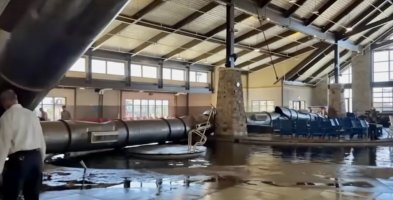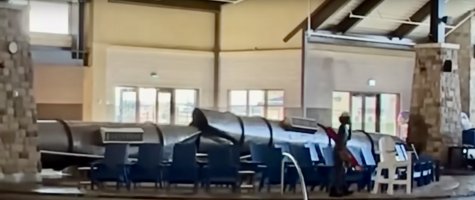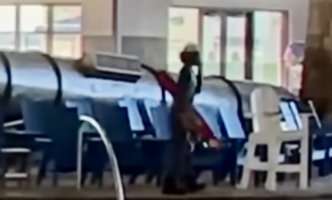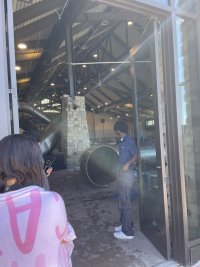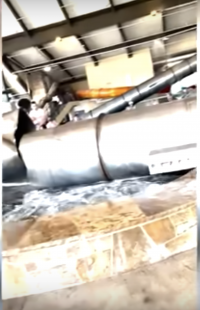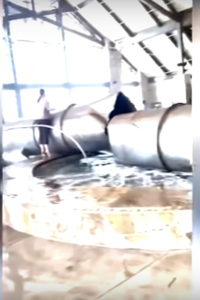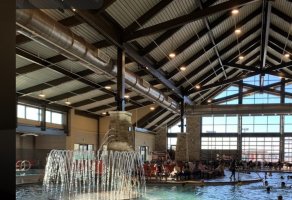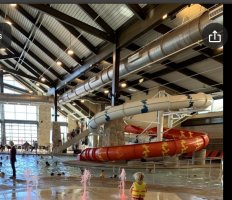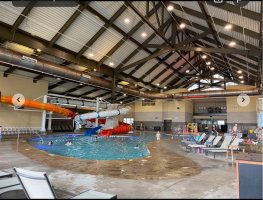jar546
Forum Coordinator
I am posting a few links here and a video of the aftermath. Essentially, round, metal ductwork fell from the ceiling onto patrons in and around a pool. Six people were injured, 2 of the critically. It is obviously too early to know what happened and of course the lawsuits will begin shortly which will lead to an engineering investigation. I have the following thoughts about this, especially after watching a video and hearing a younger girl crying for help. It got me thinking about the system and the importance of compliance with codes. There are a few possible scenarios with this that I am speculating about.
:quality(70)/cloudfront-us-east-1.images.arcpublishing.com/cmg/VCEEUX2RJBHQ7PZS2L3BARPWNY.jpg)
 www.kiro7.com
www.kiro7.com
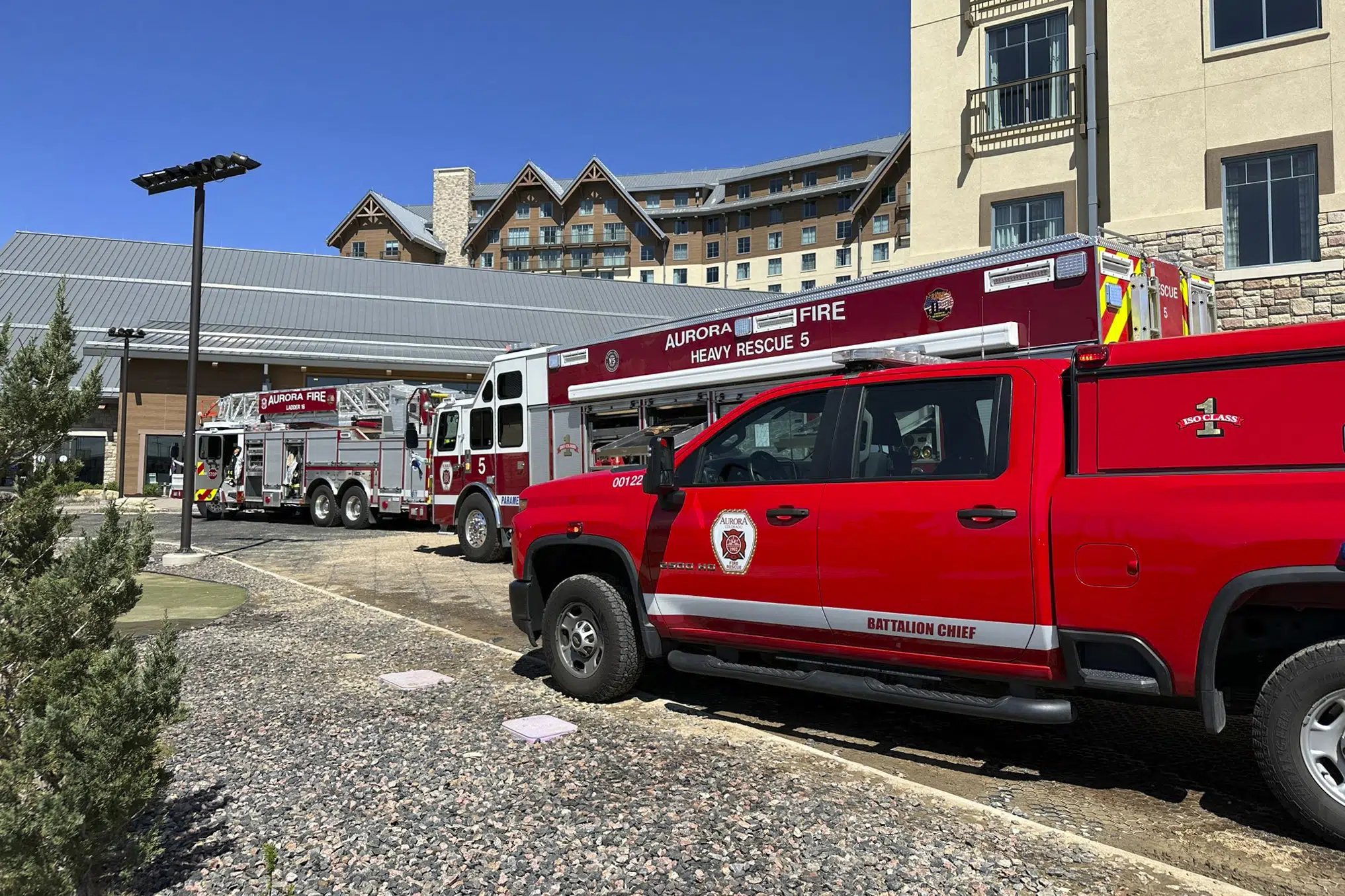
 apnews.com
apnews.com
- It is possible that it was properly designed to handle the weight, but not in the corrosive environment of an indoor pool. Vibration could be an additional factor.
- It is possible that it was improperly designed altogether.
- It is possible it was properly designed but the installation was not per specs by the contractor and was not caught by the building department.
- It is possible that the system was modified after installation which added weight but inadequate support.
- There is a very high probability that there was a lack of maintenance or inspection of the supports, especially in this type of environment.
- It is possible it could be a combination of all 5 above.
:quality(70)/cloudfront-us-east-1.images.arcpublishing.com/cmg/VCEEUX2RJBHQ7PZS2L3BARPWNY.jpg)
6 injured, 2 critically, when HVAC unit falls into indoor pool at resort
"(We) just kind of heard a big groan, and we looked up and it was just like a domino effect," one guest said.

Metal ductwork collapses, injures 6 at Colorado resort pool
Fire officials say six people were hurt when part of a heating and ventilation system collapsed at a resort pool in Colorado, and two people have been hospitalized with life-threatening injuries. Aurora Fire Rescue said there were 50 to 100 guests in the pool when the collapse occurred Saturday...

